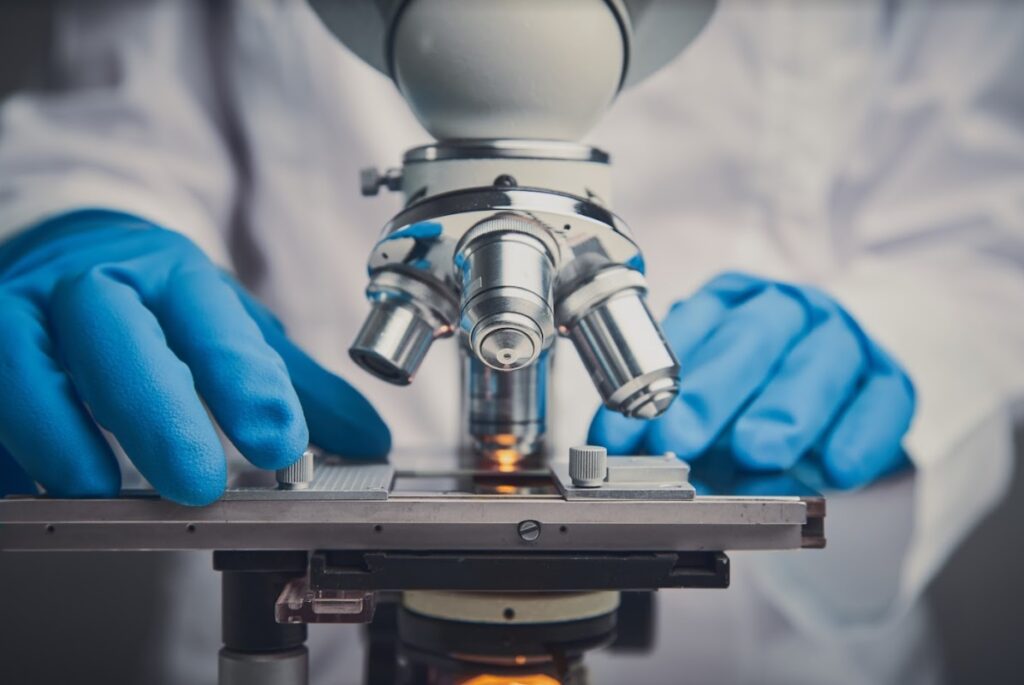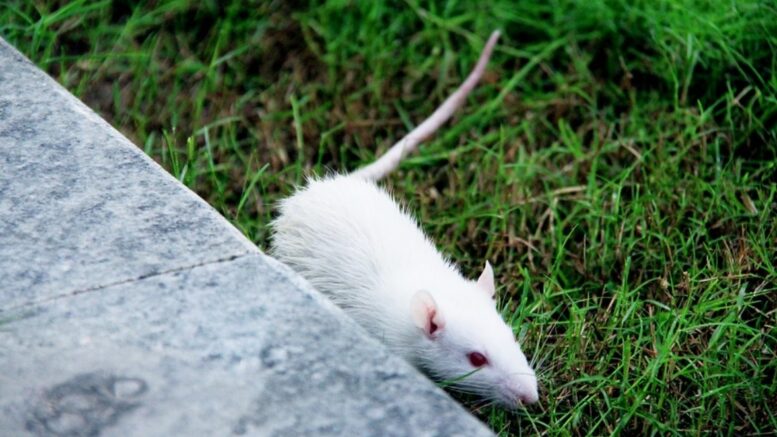Mice have a unique advantage over other animal models. They are considered a good fit for experimental animals in the laboratory, implying that nature has curated mice for experimental studies. In an interview with China Science News, Jiang Tao, a senior engineer at the Biologic Research Center of the Institute of Genetics and Development of the Chinese Academy of Sciences, quoted that the prerequisite factors in laboratory animal models are: high genetic purity, easy to raise, high reproduction rate, metabolic types and physiopathological characteristics closest to humans.
Jiang Tao mentioned that mice have exceptional advantages in all the specified areas. Other advantages that make mice an exceptional laboratory model are higher efficiency, smaller inter-individual differences, and the production of special species, which is difficult to achieve in other animal models. Another advantage that makes mice superior to other animal models is that mice are smaller and less difficult to individuals who handle them.
The economic aspect of laboratory animal models also plays an important role in the selection of animals. The cost of experimental mice is lower than other experimental animals, making mice popular among researchers:
- Buying Cost: The cost of a single mouse is significantly lesser than other animals, including gorilla, which costs tens of thousands of dollars.
- Feeding Cost: Similarly, the feeding cost also varies among different laboratory animals. While mice consume only a small amount of food, monkeys and other laboratory animals consume a relatively larger amount of food as well as fruits and other custom snacks.
In addition, experimental mice models are time efficient. A doctoral student who is involved in epigenetic research quoted that the study of the impact of different metabolic rates on the life expectancy of the subject takes approximately three years when performed on mice.
However, the same study, when performed on monkeys, takes approximately thirty years to complete, during which some of the monkeys may die. Another favorable factor concerning mouse models is that mice less likely to violate animal welfare authorities.
According to the perspective of animal welfare authorities, mice are relatively more distant from humans as opposed to higher primates which are more proximally associated with humans. According to this, mice are among the best choice for laboratory animal models. Furthermore, the mice genome has 90% similarity with the genetic sequence of humans.
Biologic Similarities Between Primates and Humans
Primates play a significant role in biologic research. For instance, rhesus monkeys are commonly used for cognitive neuroscience experiments and research. Jiang Tao quoted that mice are rodents, and their physiopathology and metabolic type may differ from humans. On the contrary, primates are more closely related to humans in these aspects.

As compared to humans, mice can synthesize vitamin C. Moreover, diabetes in mice is distinct from humans. Thus mice cannot be directly used in human diabetes related studies. The reproductive pattern also differs between mice and humans.
The first transgenic primate, a transgenic marmoset, was developed in 2009 by Japanese researchers. Marmoset compensates for the cellular similarities, metabolic type, genome, and physiopathology deficiencies in mice models. Transferred genes in marmosets can be expressed in the second generation, making marmosets useful tools for studying human diseases. Finger marmosets only weigh 80-100 grams and are 10-12 cm tall. However, there are certain limitations to the use of marmosets in experimental studies. These animals reproduce at a slower rate than mice and have a late onset of sexual maturity. Moreover, marmosets come under national protection owing to the endangerment of these animals.
Artificial Mice
At the Harvard University’s Weiss Institute, researchers perceive that animals and humans are distinct entities, and the experimental results may not always be reliable and accurate. The researchers attempted to use a chip to stimulate the human tissue and create a testing environment for experimenting on drugs. One such research project is ‘lungs on a chip.’ The concept of artificial mice is a potential alternative to the use of animals in studies and experiments.
Note: The original article is from China Science News
